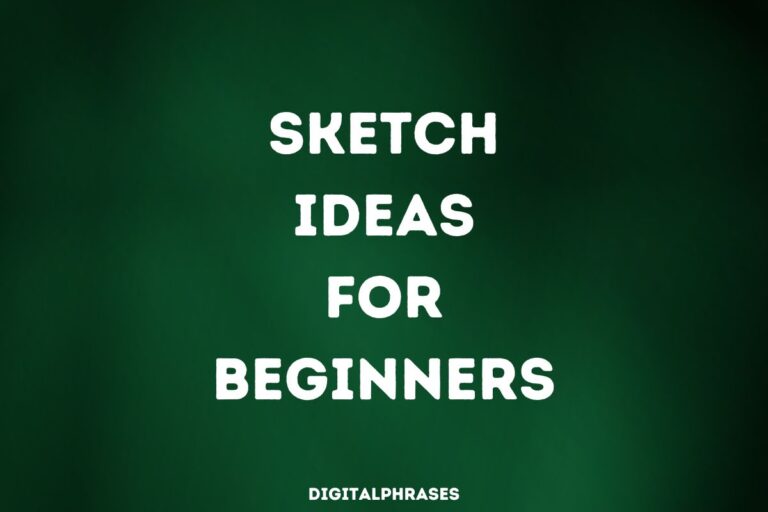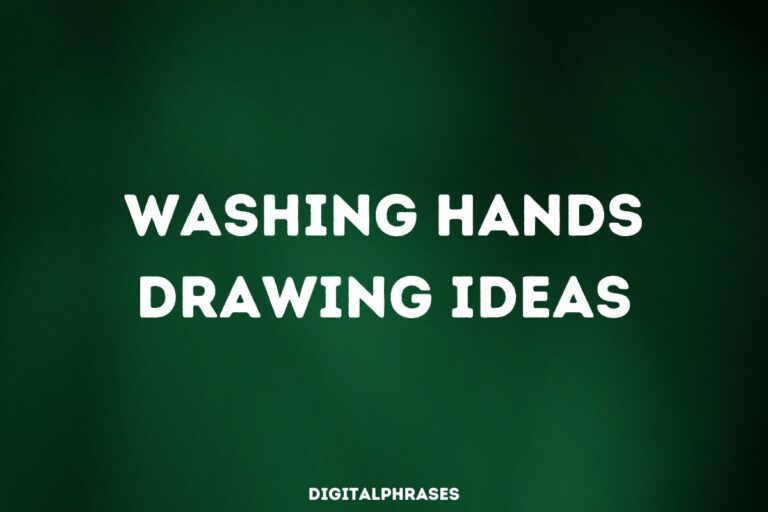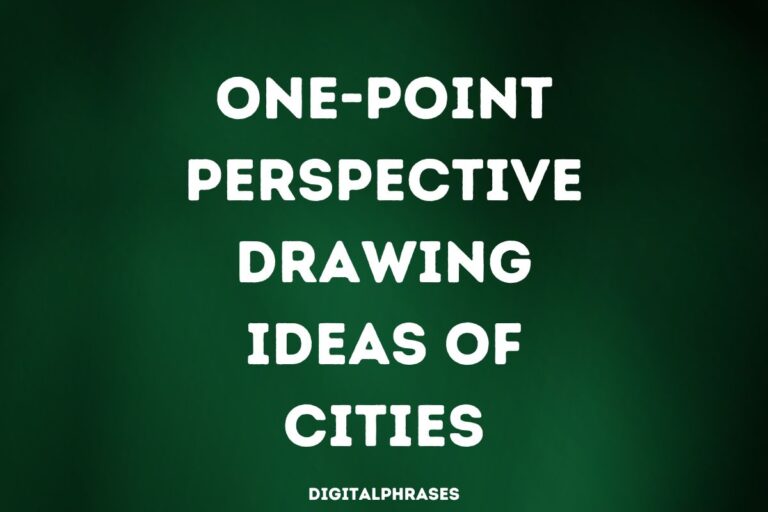25 Two Point Perspective Drawing Ideas of a House
I don’t know about you, but whenever someone says “two-point perspective,” my brain immediately wants to switch to power-saving mode.
I mean, why do we need all these fancy points when we can just draw a cute, crooked little house that looks like it’s about to collapse from sheer existential dread?
But no—no, my art teacher insisted on perspective, so here we are, diving headfirst into the world of lines, vanishing points, and (hopefully) fewer lopsided roofs. If you’re like me, you’ve probably wondered, “Do I really need to understand geometry just to draw a house?”
The answer is a resounding yes… unless you enjoy your houses looking like they were designed by a tipsy architect.
So, here in this post, we’re going to tackle some two-point perspective house drawing ideas that’ll make you feel like the Michelangelo of suburban real estate (or at least, someone who can finally draw a window that doesn’t look like a misshapen potato).
Ready?
Let’s do this—before I change my mind and start doodling stick figures again!
Two-Point Perspective Drawing Ideas of a House
1
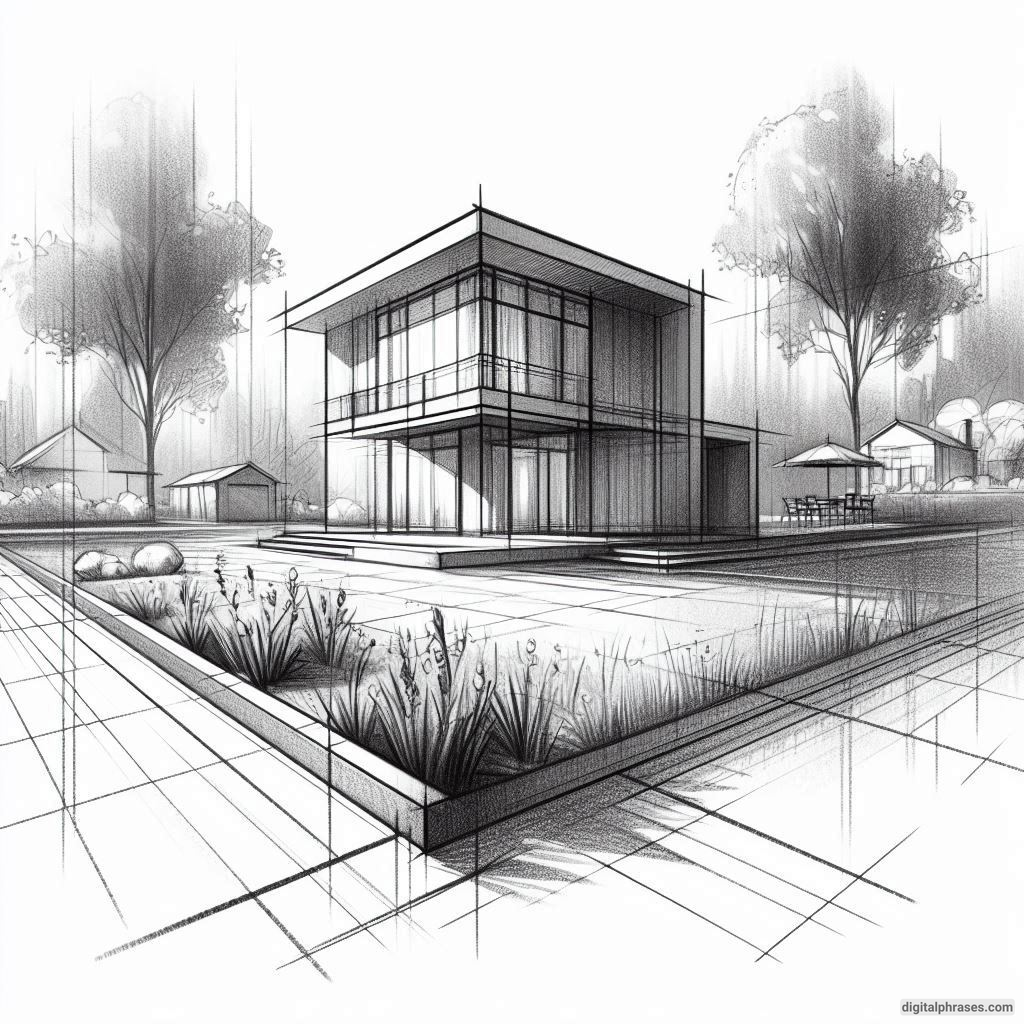
2
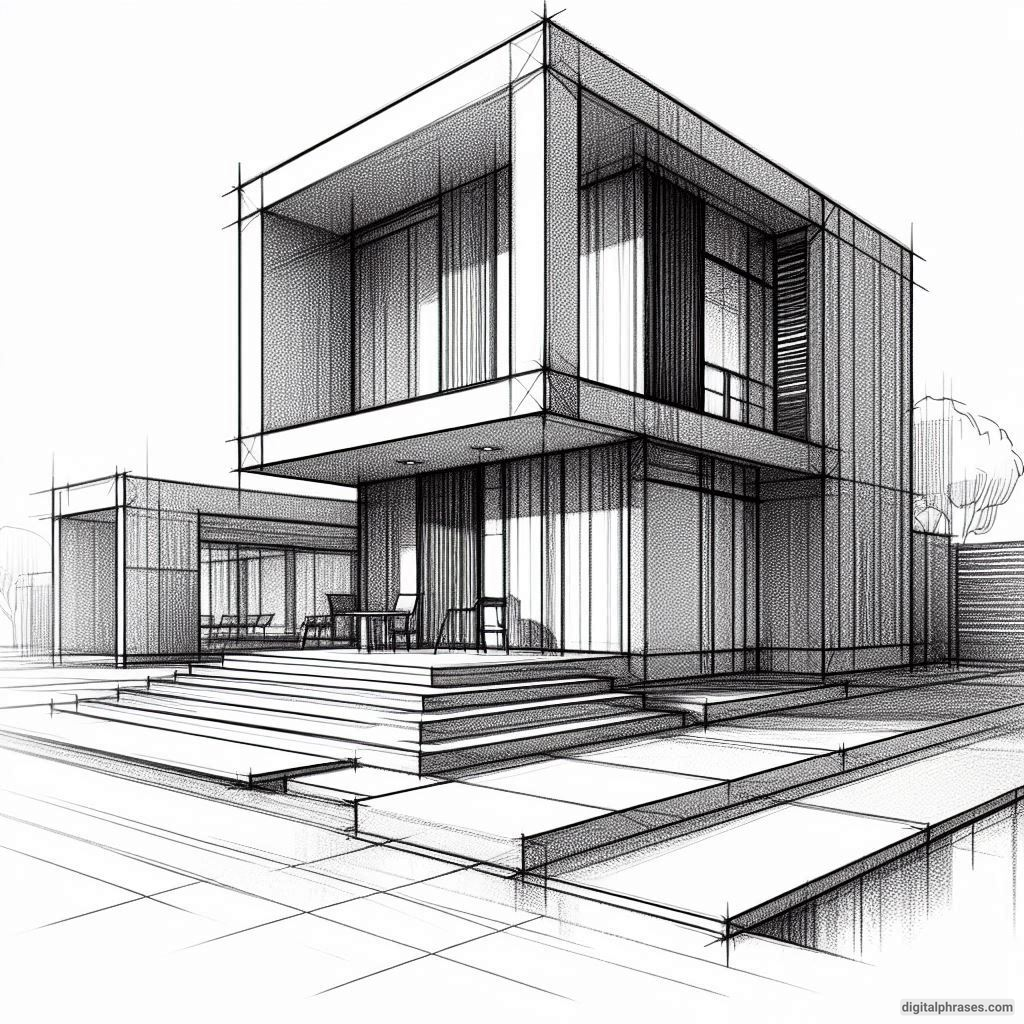
3

4

5
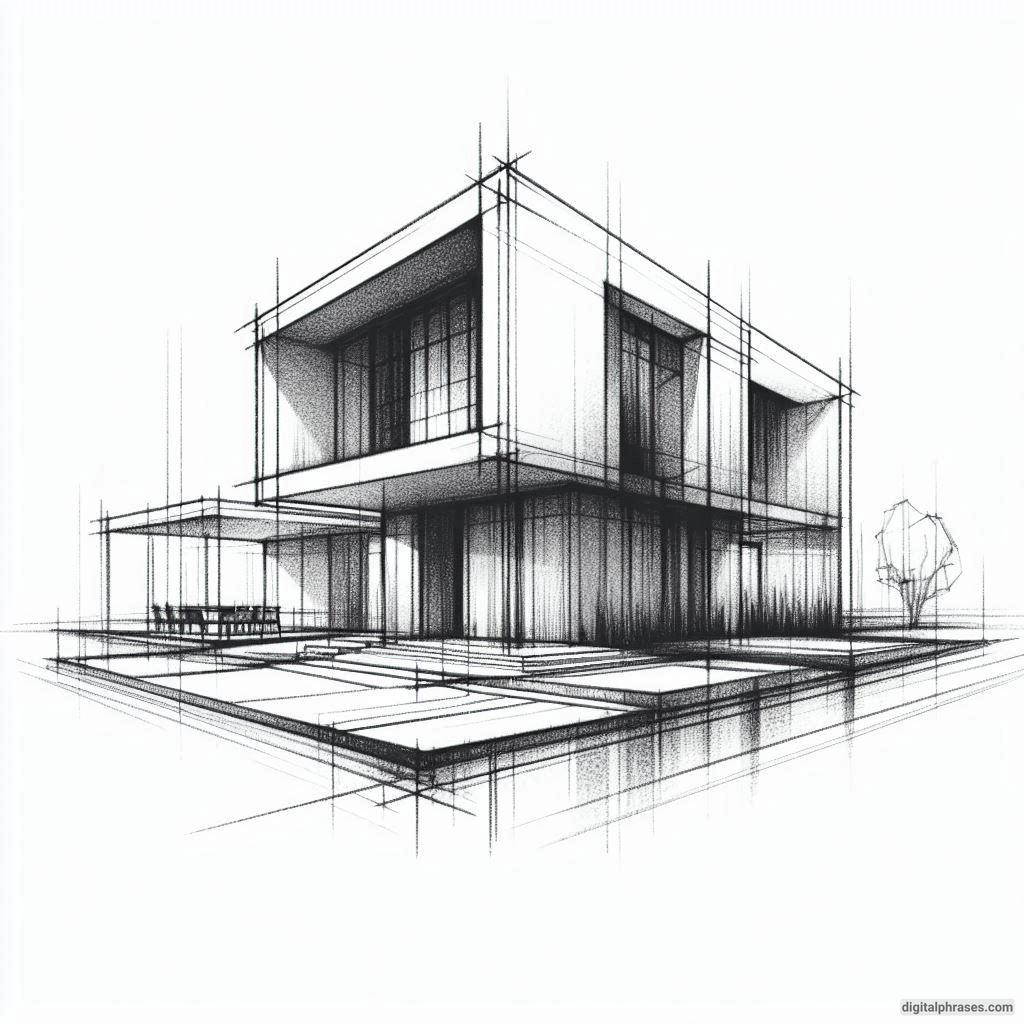
6

7
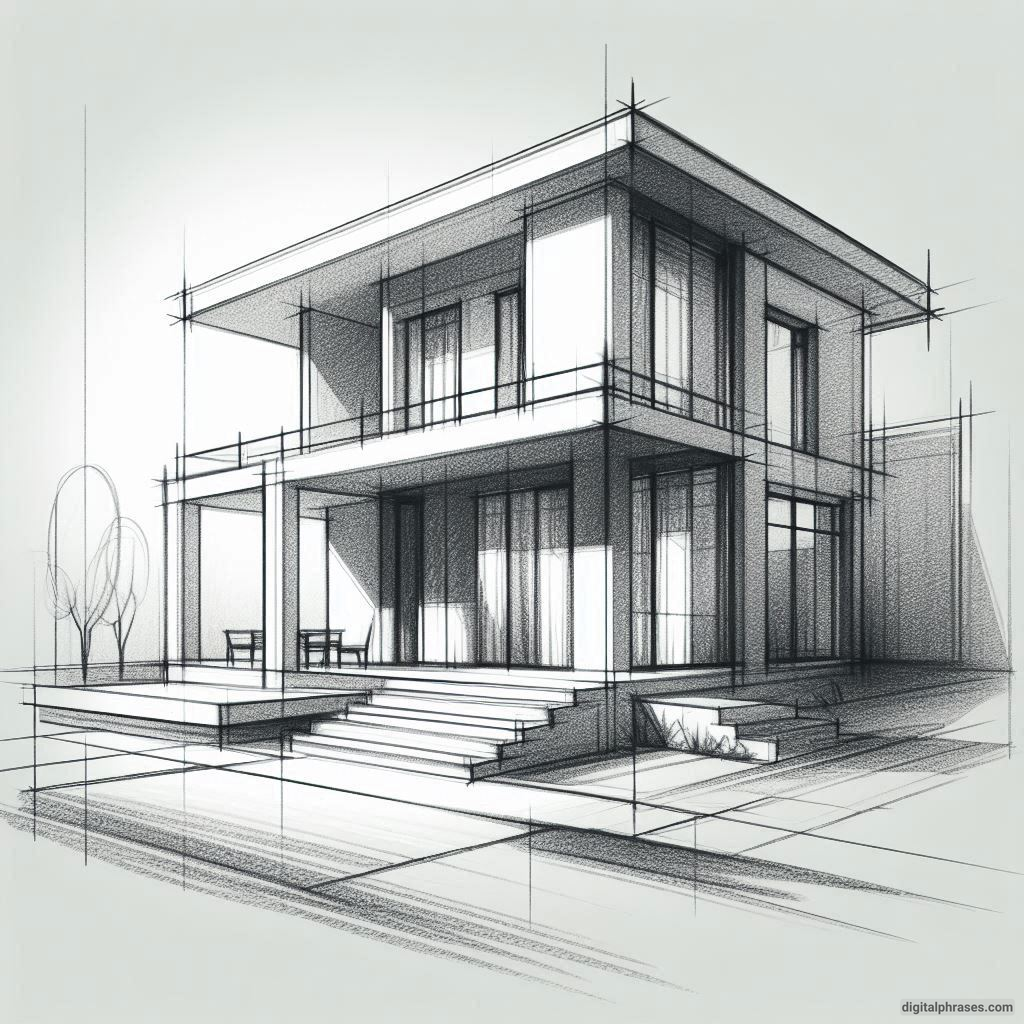
8
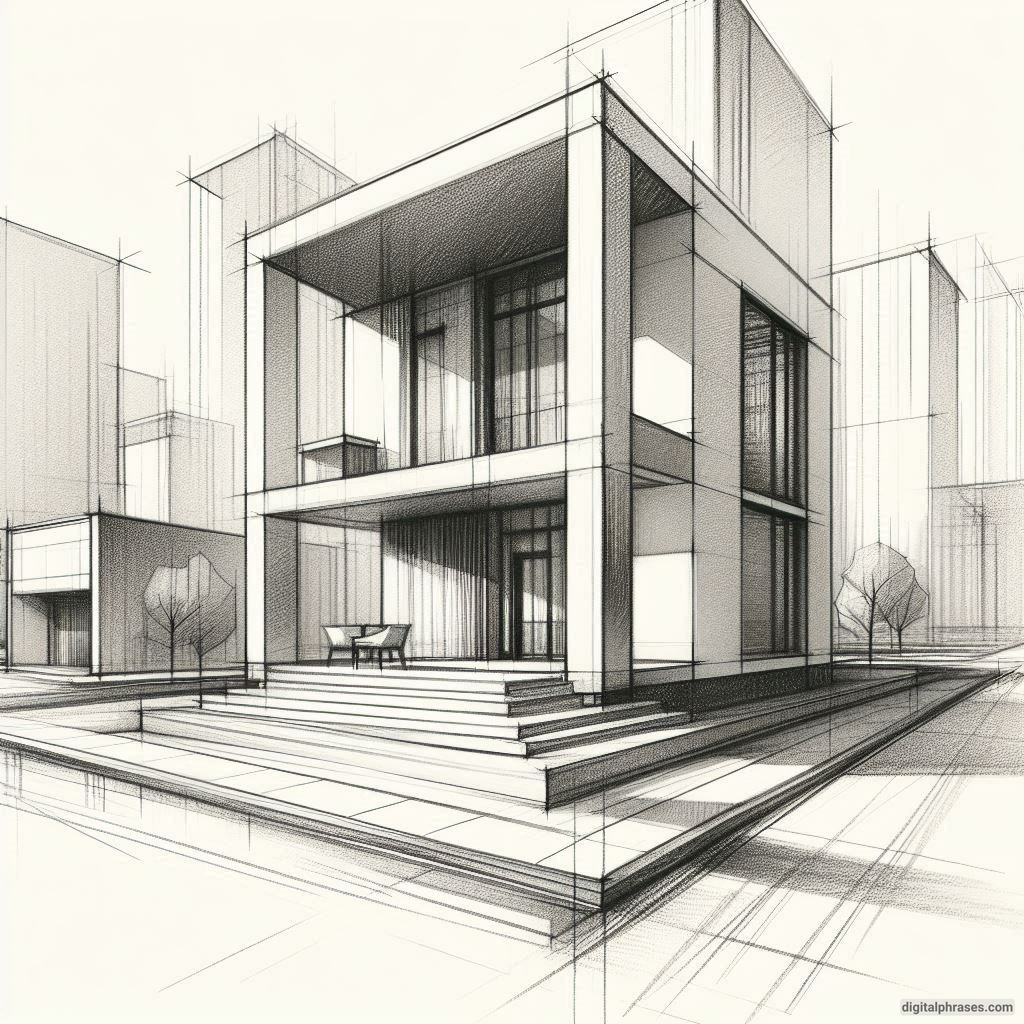
9

10
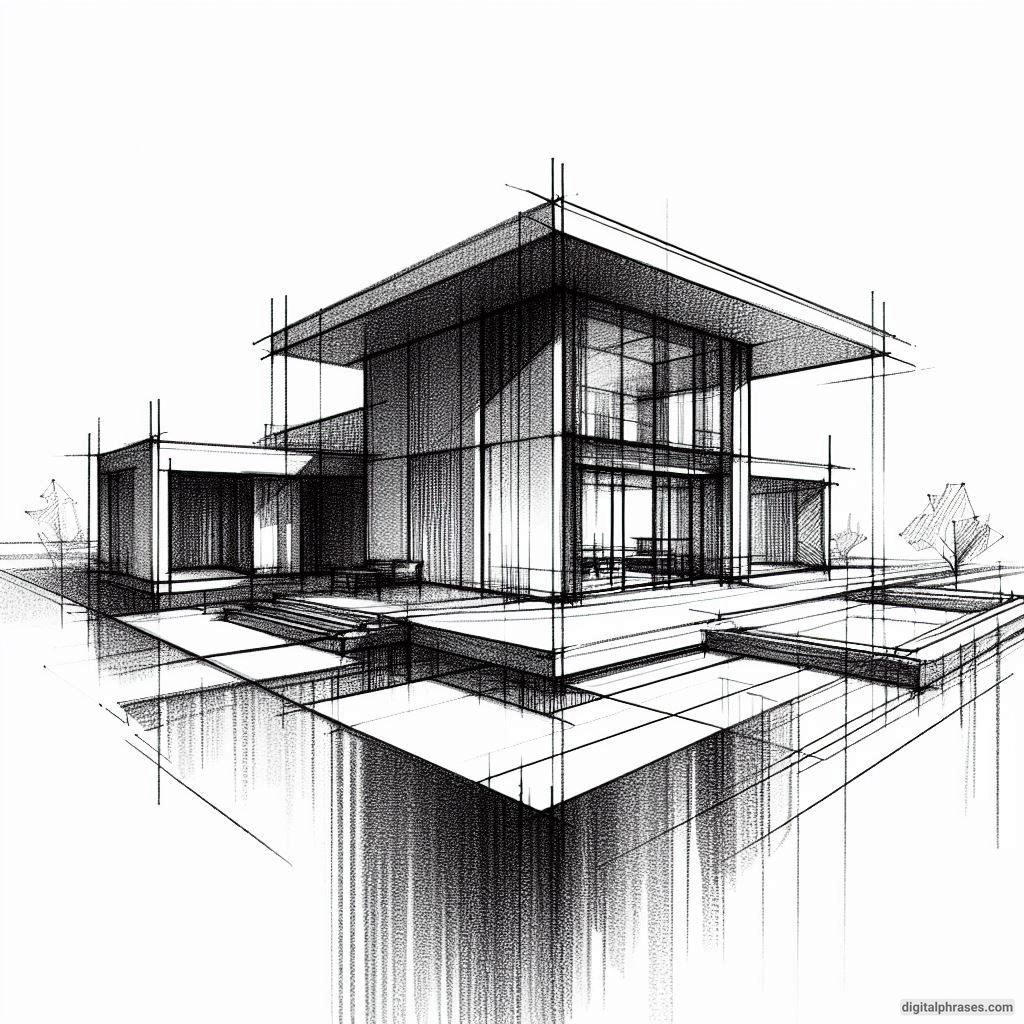
11

12

13
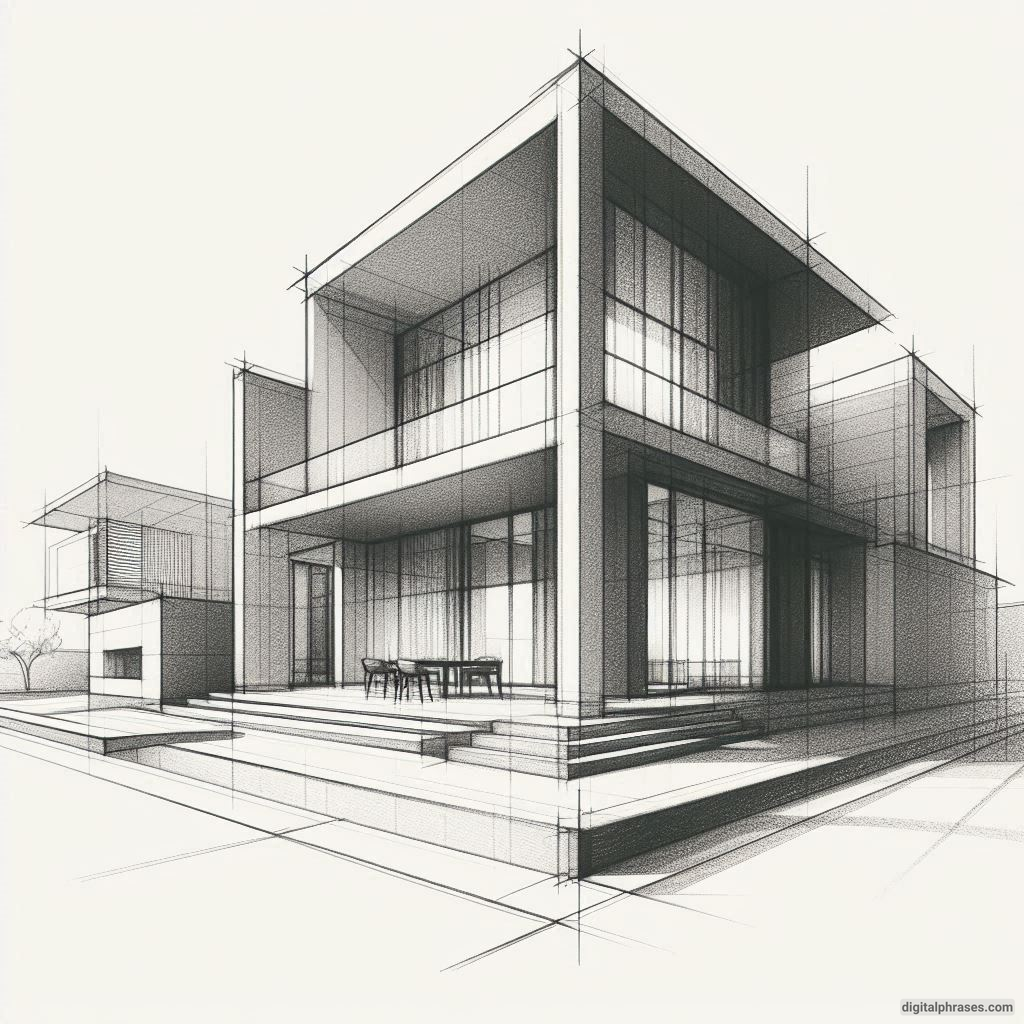
14
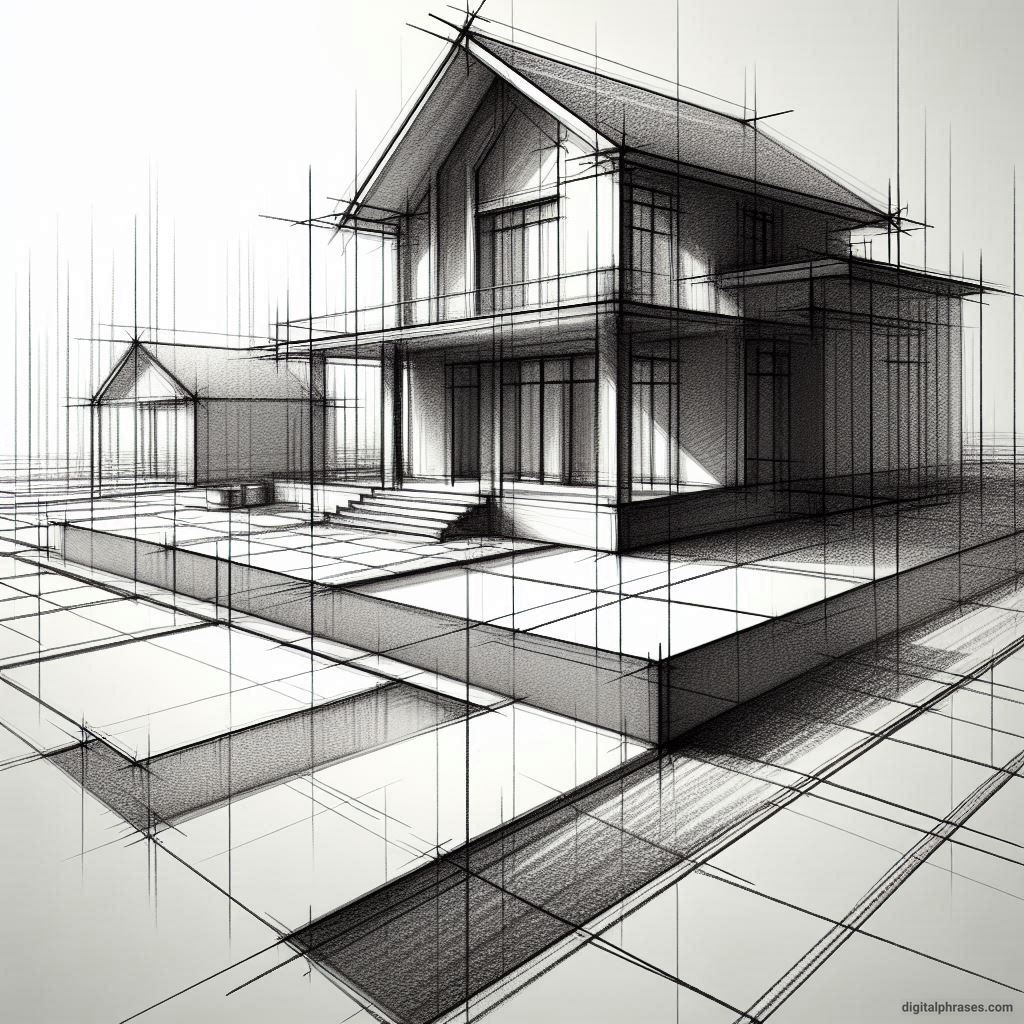
15
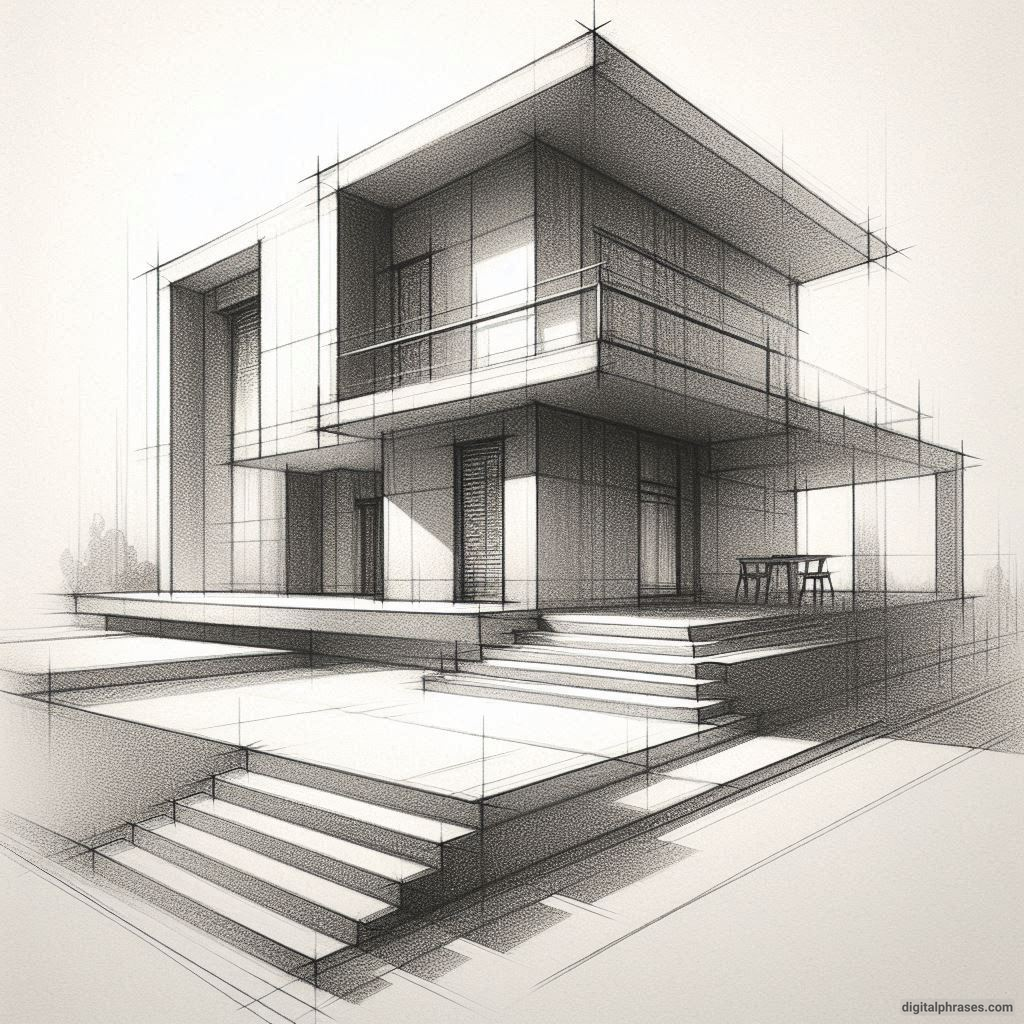
16
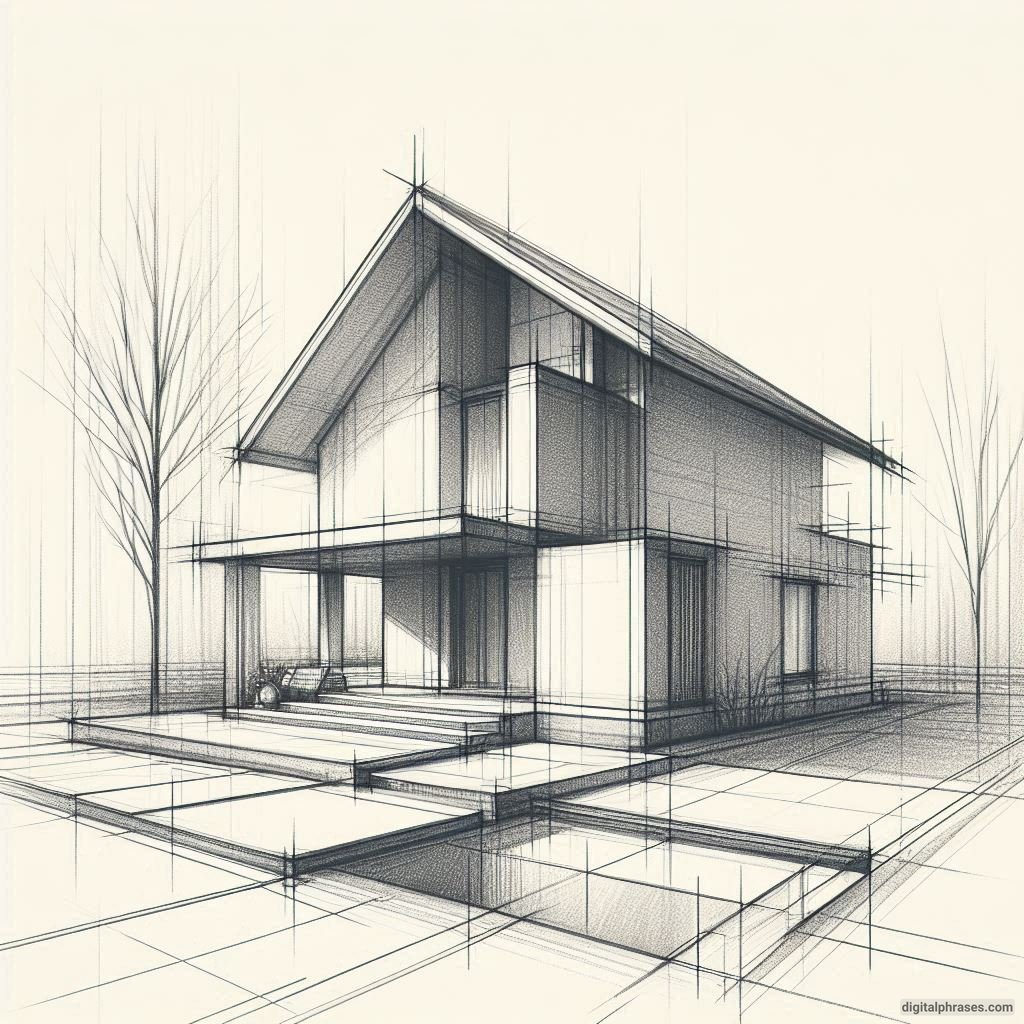
17
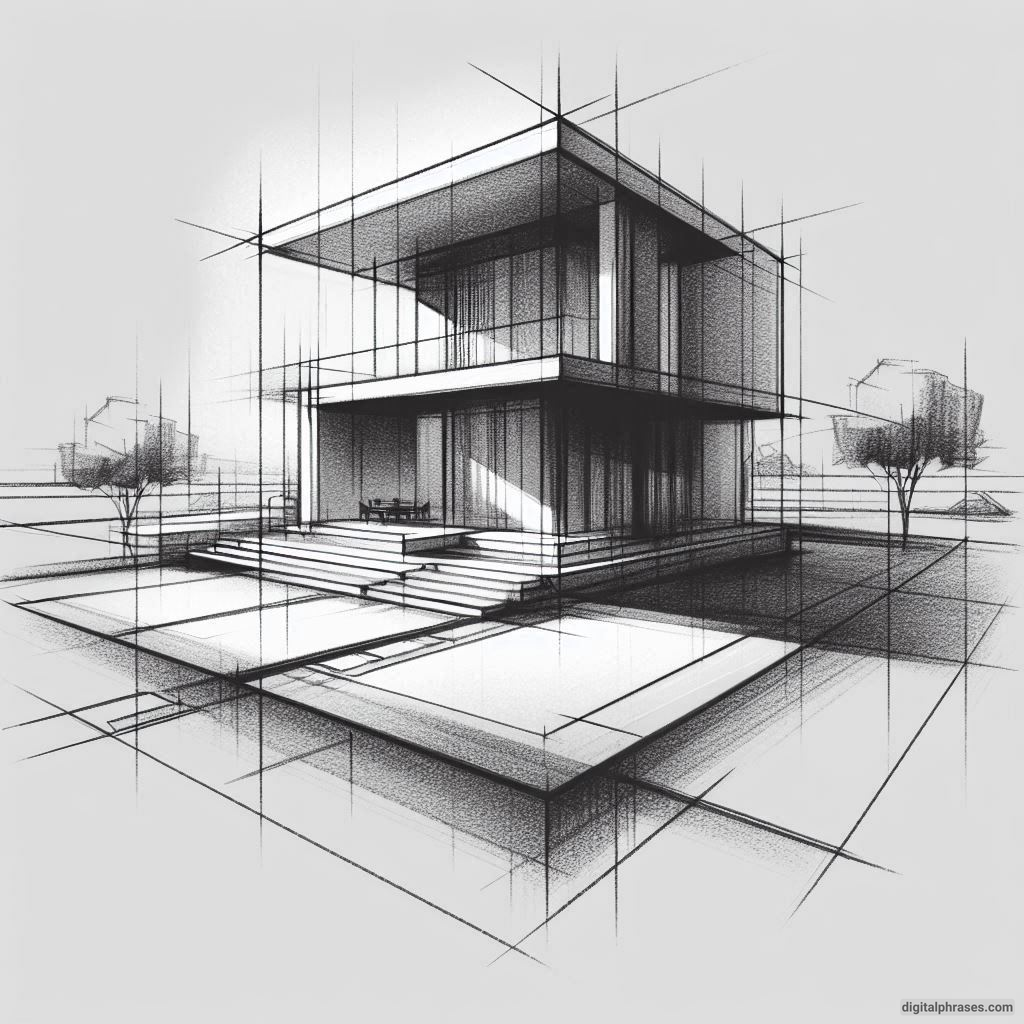
18

19

20
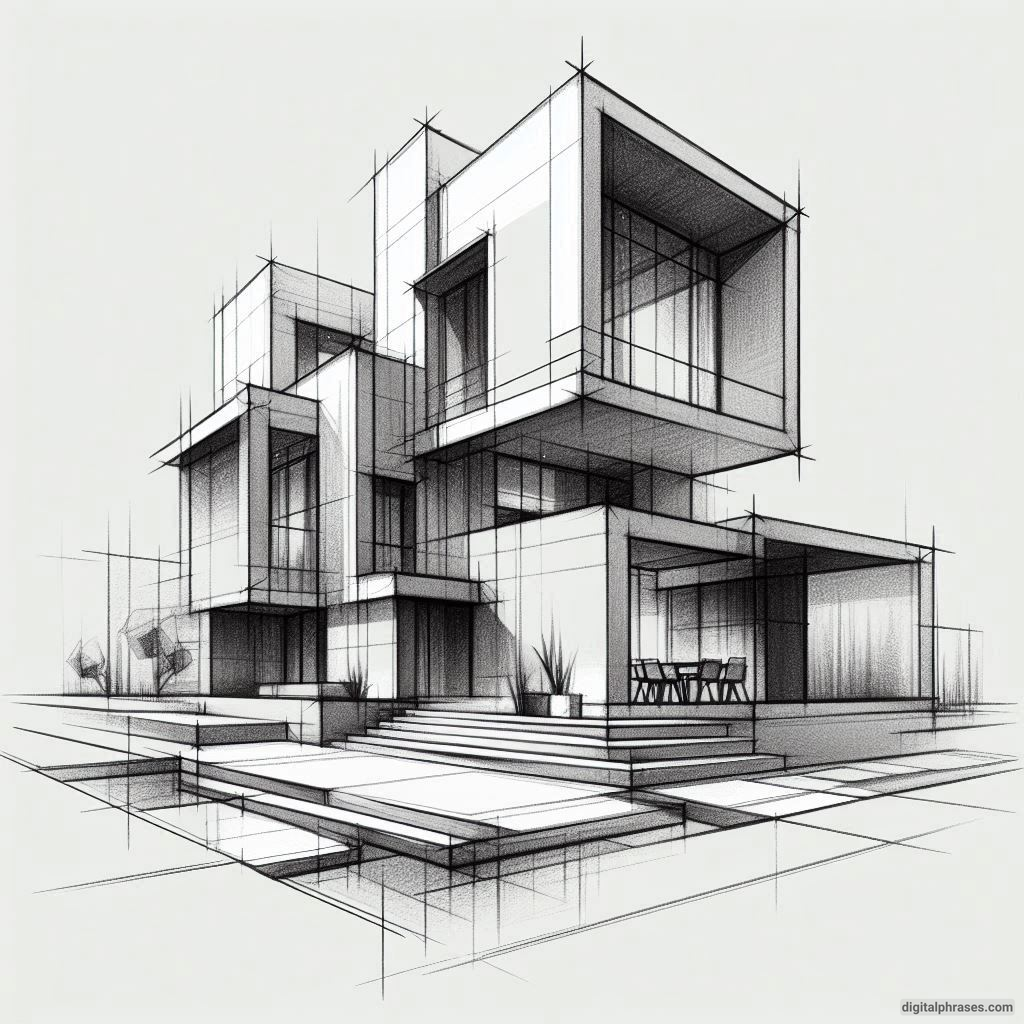
21

22
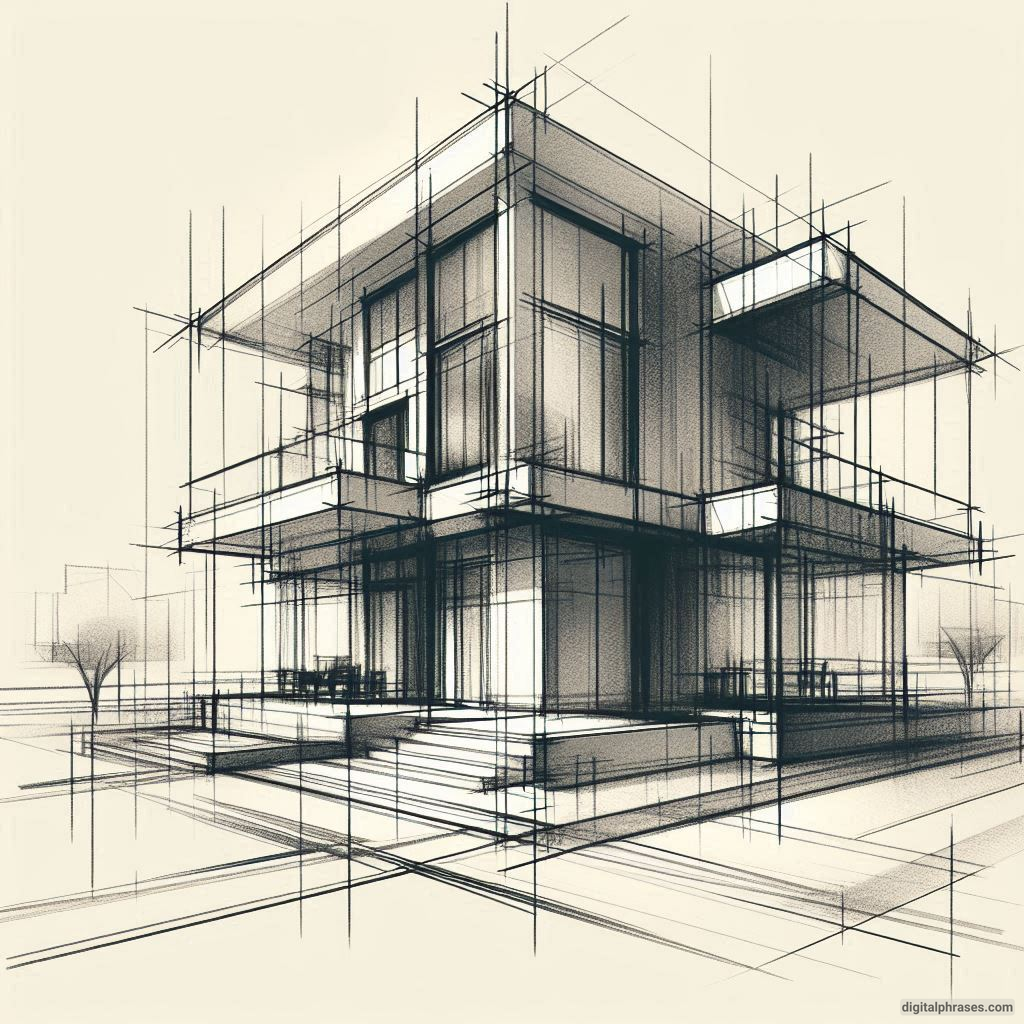
23
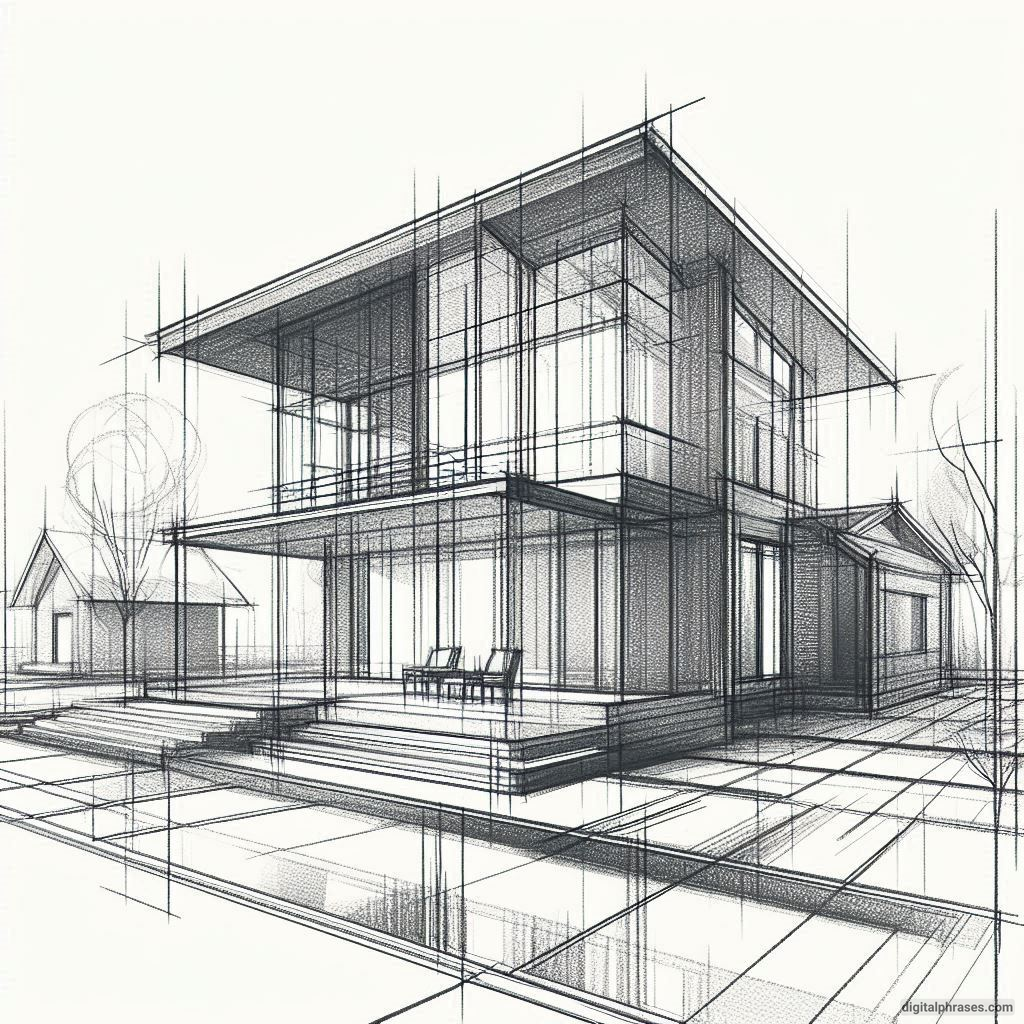
24
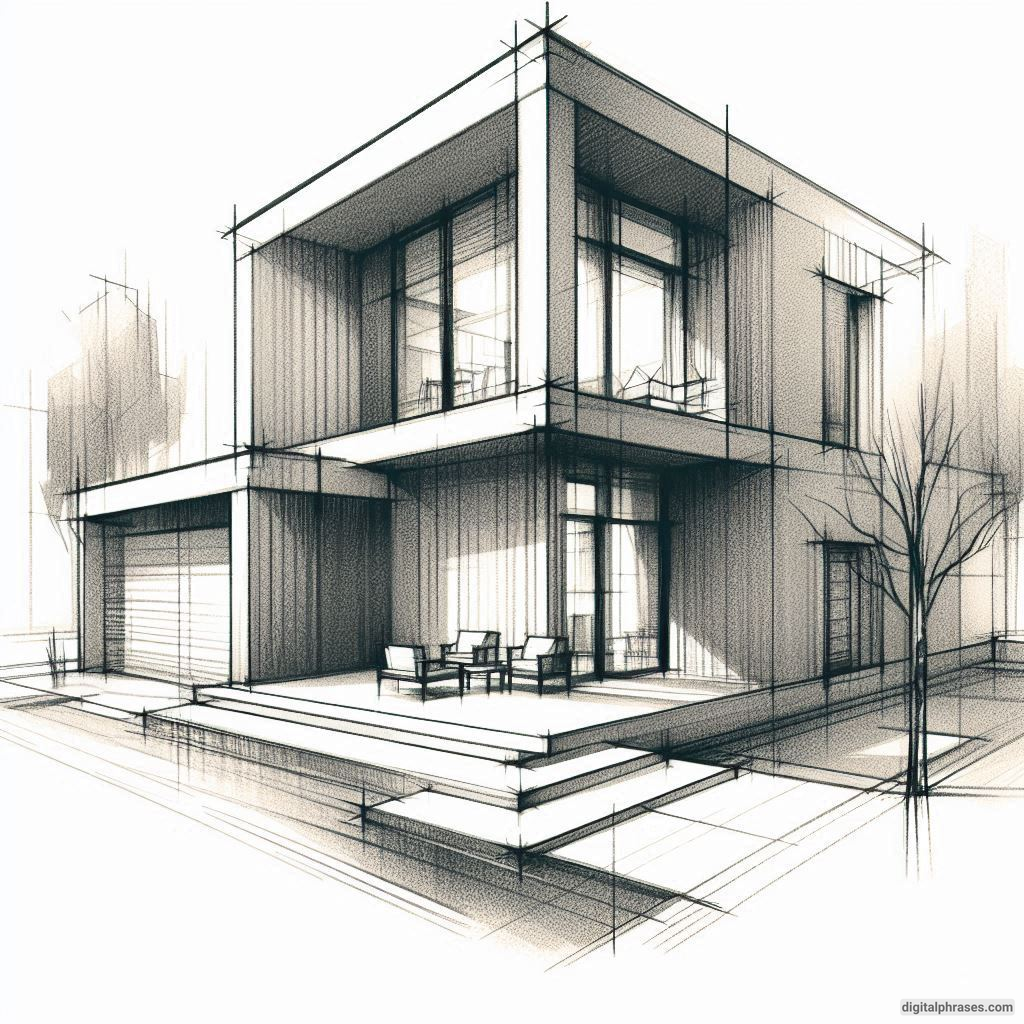
25
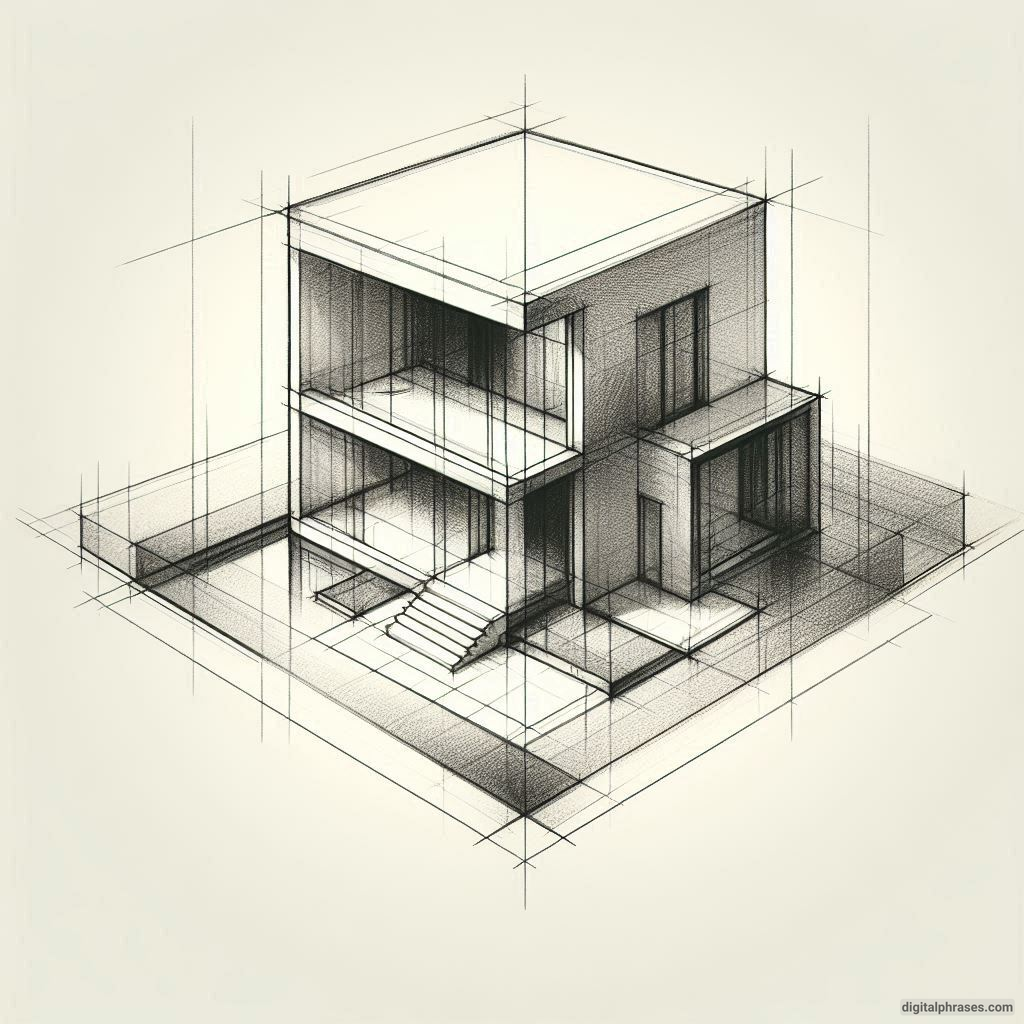
Tips and Tricks for Two-Point Perspective House Drawings
Understand What the Heck Two-Point Perspective Is
Okay, before you start drawing lines like you’re trying to summon demons, let’s make sure you actually know what two-point perspective means.
Imagine you’re standing on the street corner, looking at a house. There are two edges of the house that shoot off into the distance, each one pointing to a different “vanishing point” on the horizon. That’s two-point perspective, baby!
Now, you might be wondering: “Why do we even need perspective in art? Can’t I just draw my house flat like it’s the side of a cereal box?” Sure, you could do that. But if you want to make it look like a 3D house and not a cardboard cutout, you’re going to need perspective.
Two-point perspective is like the magic trick that turns your sad, lopsided box into a somewhat respectable-looking building. But there’s a catch: it’s also the trick that’s going to make you question your life choices halfway through.
Gather Your Tools (And Your Patience)
Before you embark on this journey, gather your materials. You’ll need:
- A ruler (to draw straight lines, not to whack yourself with when you mess up, though that might be tempting).
- A pencil (preferably one with an eraser because mistakes will be made).
- Paper (or whatever flat surface you can find, but not your roommate’s walls, please).
- Your sanity (optional).
If you’re feeling fancy, grab some colored pencils or markers to jazz things up later. Or, if you’re like me, just keep it black and white and pretend it’s “artistic minimalism.”
The Dreaded Horizon Line
This is where the magic—or the nightmare—begins: drawing the horizon line. The horizon line represents your eye level and is where the two vanishing points live.
The horizon line can be anywhere on your paper, but remember, if you put it too high, you’re going to be looking at your house like you’re hovering above it like some kind of all-seeing wizard.
Too low, and it’ll look like you’re peeking out from the grass like a groundhog. So, pick a reasonable spot—somewhere in the middle works just fine.
Now, slap two dots on either end of your horizon line. These are your vanishing points. You can name them if you like.
I call mine “Fred” and “George” because, much like mischievous twins, they’ll screw with your lines in ways you didn’t anticipate.
Drawing the First Edge of Your House (A.K.A. The “I Got This” Phase)
The first line you draw is a vertical one somewhere in the middle of your paper.
This is the edge of your house. Congratulations, you’ve just drawn the backbone of your soon-to-be masterpiece. At this point, you’re probably thinking, “Wow, this isn’t so hard! I’m basically Leonardo da Vinci.”
Slow down, champ. You’ve got a long way to go.
Now, from the top and bottom of your vertical line, draw two lines that shoot off towards Fred and George (your vanishing points).
These are the sides of your house, and they should be straight lines, not the shaky ones you get after too much coffee.
Drawing the Sides of the House (or: Where Things Start to Go Wrong)
This is where most people start screaming internally. From the edges you just drew, you’ll now need to draw more vertical lines to define the width of the house.
But remember: these lines have to stay vertical. If you accidentally angle them, your house is going to look like it’s either collapsing or about to blast off into space.
Pro tip: if you’re already feeling lost, just take a break. Go drink some water, take a walk, or scream into a pillow. Trust me, it helps.
Adding the Roof (Or, How I Nearly Gave Up)
Alright, so now you’ve got a pretty basic box-like structure. It’s looking… decent. But houses have roofs, right?
So let’s add one.
This is the part where I nearly lost it the first time because, honestly, roofs in two-point perspective are just mean.
Here’s the trick: extend two lines from the top corners of your house back towards the vanishing points again.
Then, mark a spot in the middle of the front side of your house and draw a vertical line upwards. From that peak, draw two diagonal lines down to the side edges.
If you did it right, it should look like a respectable triangle atop your house. If it doesn’t, well… welcome to my world.
Windows, Doors, and the Other Details (a.k.a. The “Why Did I Even Start This?” Phase)
Now that you’ve somehow managed to get the basic structure down, it’s time to make this thing look like a house and not a sad, boxy prison.
Draw some windows, a door, maybe even a chimney if you’re feeling adventurous. The key here is to remember that every single line you draw still has to follow the perspective rules.
Yes, even that tiny window on the side.
Yes, I’m serious.
For windows, draw horizontal lines that lead back to your vanishing points and vertical lines that stay, well, vertical. For doors, just do the same thing, only bigger. And try not to cry.
Shadows and Highlights (Because You’re a Fancy Artist Now)
At this point, you might be thinking, “It looks… alright? But something’s missing.”
That’s because you haven’t added any shadows yet.
Shadows are the secret sauce that makes your drawing pop and look like it was done by someone who kind of knows what they’re doing.
Pick a direction for your light source (I like to pretend the sun is somewhere in the top left corner because why not?), and add some shading on the opposite sides of your house.
If you’re really feeling brave, try adding some texture to the roof or brick details on the walls. Just don’t overdo it, or you’ll end up in the land of over-rendering, where art goes to die.
Take a Step Back and Admire Your Creation (Or Throw It in the Trash)
Congratulations, you’ve done it! You’ve drawn a house in two-point perspective, and it only took three mental breakdowns, one existential crisis, and a mild obsession with erasers.
Now’s the time to step back, squint at your masterpiece, and ask yourself: “Is this really what I wanted to do with my afternoon?”
If you’re proud of it, fantastic! Frame it, post it on Instagram, and bask in the glory of your artistic genius.
If not, well, just remember: there’s always next time. Art is all about practice, right?
Bonus Tips (aka Stuff I Wish I Knew Before I Started)
Alright, here’s some quick-fire advice that will save you from some of the headaches I endured:
- Don’t press too hard on the pencil. Light lines are easier to erase and adjust.
- Use a long ruler because short rulers make you misalign your perspective lines like a deranged cartographer.
- Keep your eraser handy because you will need it more than your pencil.
- Take breaks before your eyes cross and you start seeing vanishing points everywhere.
- Be kind to yourself. Drawing in two-point perspective is like solving a Rubik’s cube blindfolded—it’s hard but satisfying once you get it.
And there you have it! I hope this guide has been helpful (and maybe a little entertaining).
Just remember: whether your house looks like a perfect piece of architectural wonder or a warped funhouse, you drew it, and that’s pretty darn impressive.


